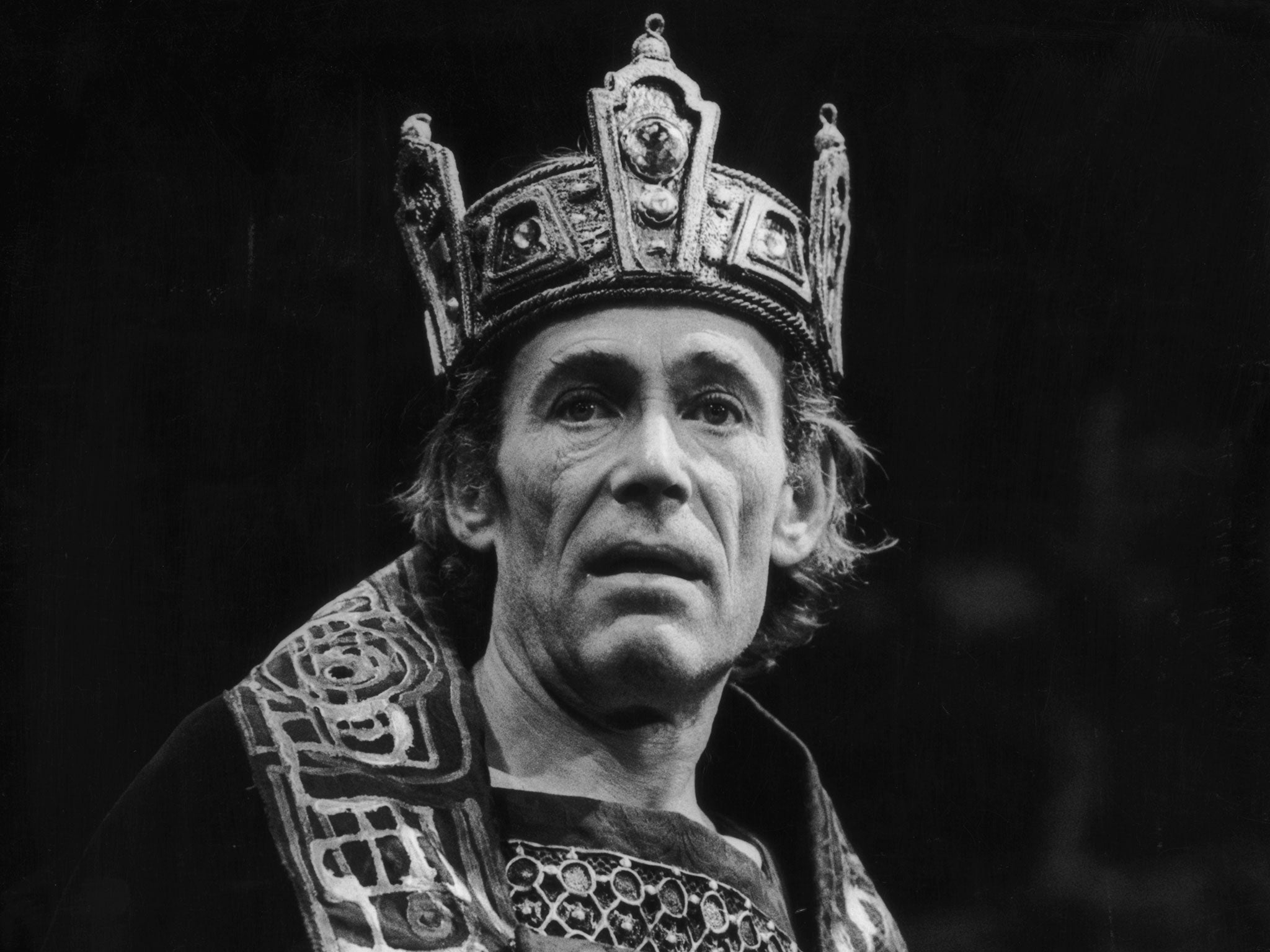Macbeth at a glance: Your brief guide to a tragedy of ambition gone wrong
Theatrical tradition holds that it is unlucky to mention the play by name

Your support helps us to tell the story
From reproductive rights to climate change to Big Tech, The Independent is on the ground when the story is developing. Whether it's investigating the financials of Elon Musk's pro-Trump PAC or producing our latest documentary, 'The A Word', which shines a light on the American women fighting for reproductive rights, we know how important it is to parse out the facts from the messaging.
At such a critical moment in US history, we need reporters on the ground. Your donation allows us to keep sending journalists to speak to both sides of the story.
The Independent is trusted by Americans across the entire political spectrum. And unlike many other quality news outlets, we choose not to lock Americans out of our reporting and analysis with paywalls. We believe quality journalism should be available to everyone, paid for by those who can afford it.
Your support makes all the difference.Plot: This tale of murder, suicide and Scotland begins when the battle-weary Macbeth encounters three witches after fending off the Norwegian and Irish hordes. He is told that he is bound to wear the crown and, goaded on by his wife, he stabs King Duncan. The murderous king is soon destroyed by guilt and paranoia, killing off friends and acquaintances that may have learned of his crime. Macbeth is told he will be safe until the Great Birnam Wood turns up at his front door, so he thinks he’ll be fine. He’s not. Macduff’s army moves the forest to disguise themselves and he beheads Macbeth.
Themes: Paranoia; guilt; treachery; necromancy; regicide – it bears all the hallmarks of a Gunpowder play and contains a few references to the new King James I.
Background: The play cannot be dated precisely. Some link it to James I’s accession in 1603. Famous productions include Peter O’Toole’s so-bad-it’s-unmissable version in 1980. Screen adaptations include Orson Welles’ 1948 abstract film, in which the dialogue is spoken in thick, Scottish burrs. Theatrical tradition holds that it is unlucky to mention the play by name.
Key characters
- Macbeth: ambitious man carrying a crippling burden of guilt and disappointment.
- Lady Macbeth: archetype of wifely ambition, more vulnerable than she seems.
- Banquo: Macbeth’s less flawed friend; subsequently the spectre at the feast.
Top lines
- “Double, double, toil and trouble; Fire burn, and cauldron bubble!” The witches’ cackling song, Act 4, Scene 1
- “If it were done when ’tis done, then ’twere well/ It were done quickly,” Macbeth, Act I Scene 7
- “Is this a dagger which I see before me?” Macbeth, Act 2, Scene 1
- “Out, damned spot!” Lady Macbeth is tormented by guilt, Act 5, Scene 1
- “Tomorrow, and tomorrow, and tomorrow, Creeps in this petty pace from day to day...” Macbeth contemplates the ruins of his life, Act 5, Scene 5
Echoes: Akira Kurosowa’s “Throne of Blood” is a cinematic, Samurai version of Macbeth. “Lady Macbeth of Mtsensk” is Dmitri Shostakovich’s operatic version. An episode of “Blackadder” (“Sense and Senility”), makes comic use of the superstition that it is unlucky to say the name of “the Scottish play”. There is also an episode of “The Simpsons” in which Marge plays Lady Macbeth.
Join our commenting forum
Join thought-provoking conversations, follow other Independent readers and see their replies
Comments